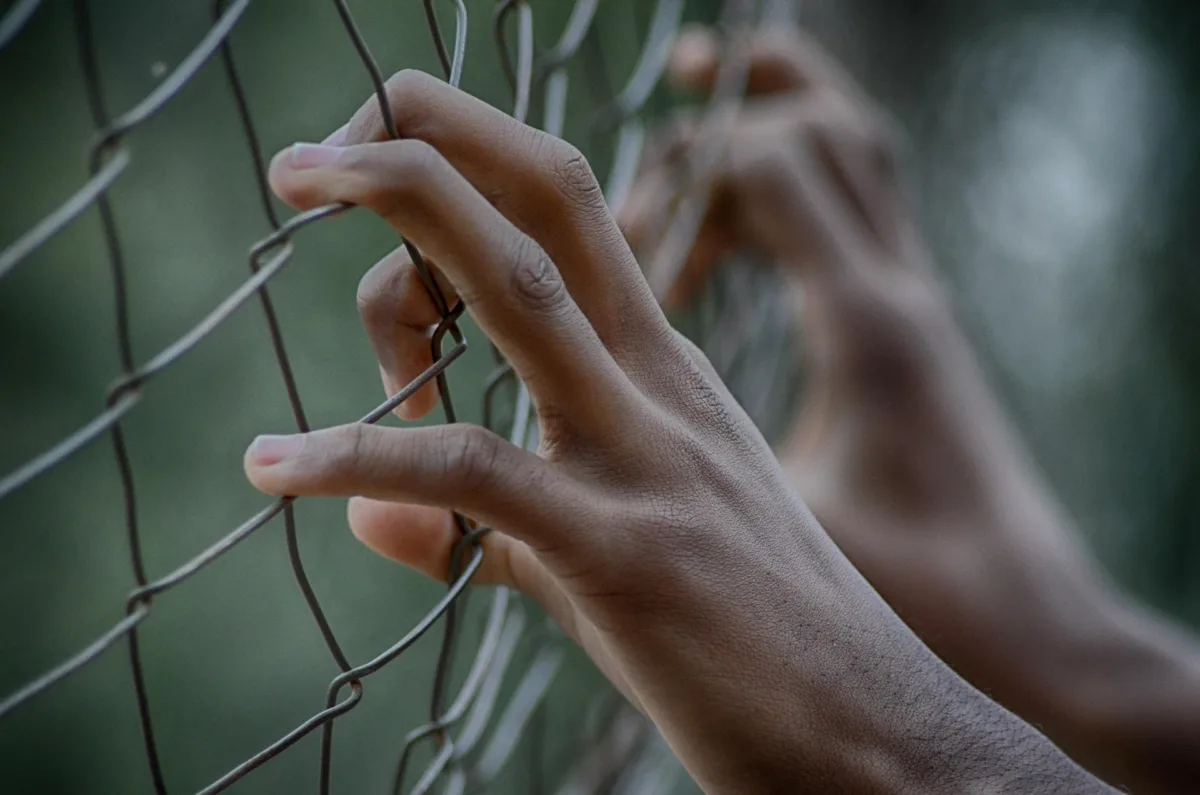
Imprisoned People Can Do More than ‘Scare’ Kids ‘Straight’
“Scared straight” programs don’t work. But that doesn’t mean incarcerated people shouldn’t mentor at-risk kids.

“Scared straight” programs don’t work. But that doesn’t mean incarcerated people shouldn’t mentor at-risk kids.
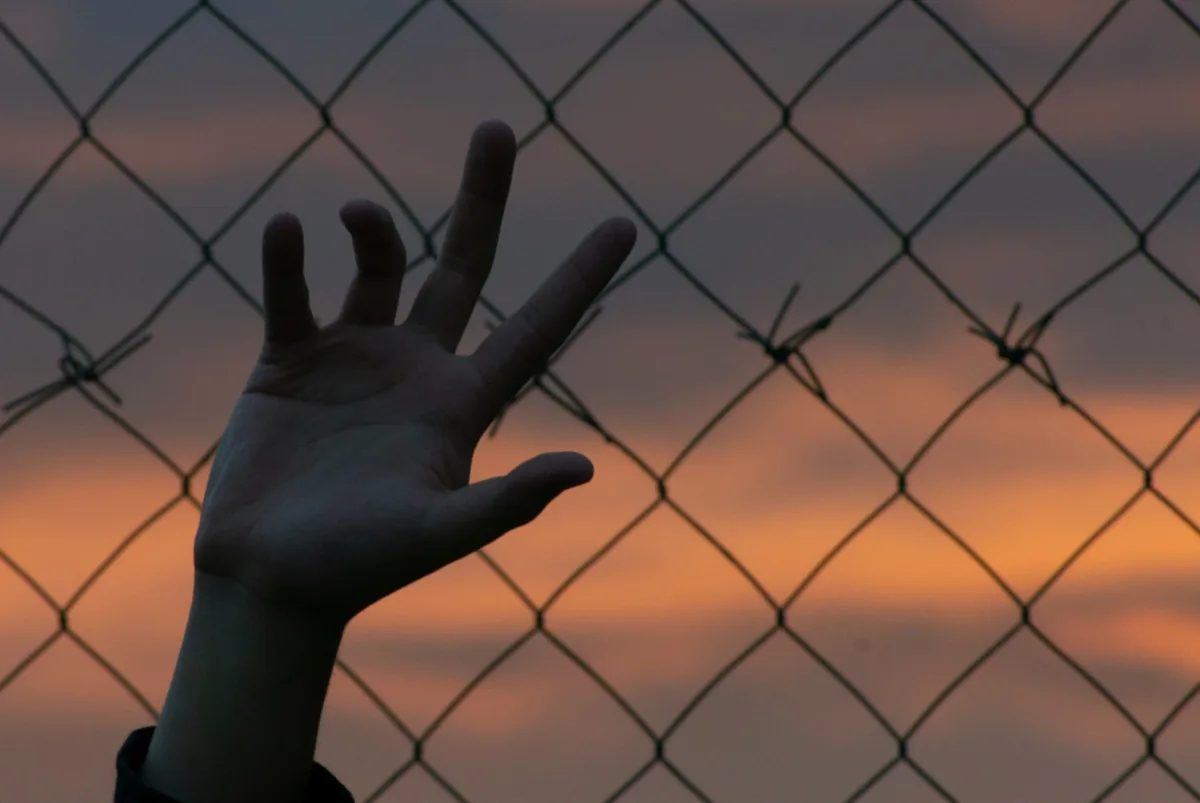
In prison, I’ve done work to come to terms with the pain I’ve both felt and caused. Hopefully, my story—and others like it—can deter younger children from making the same mistakes.
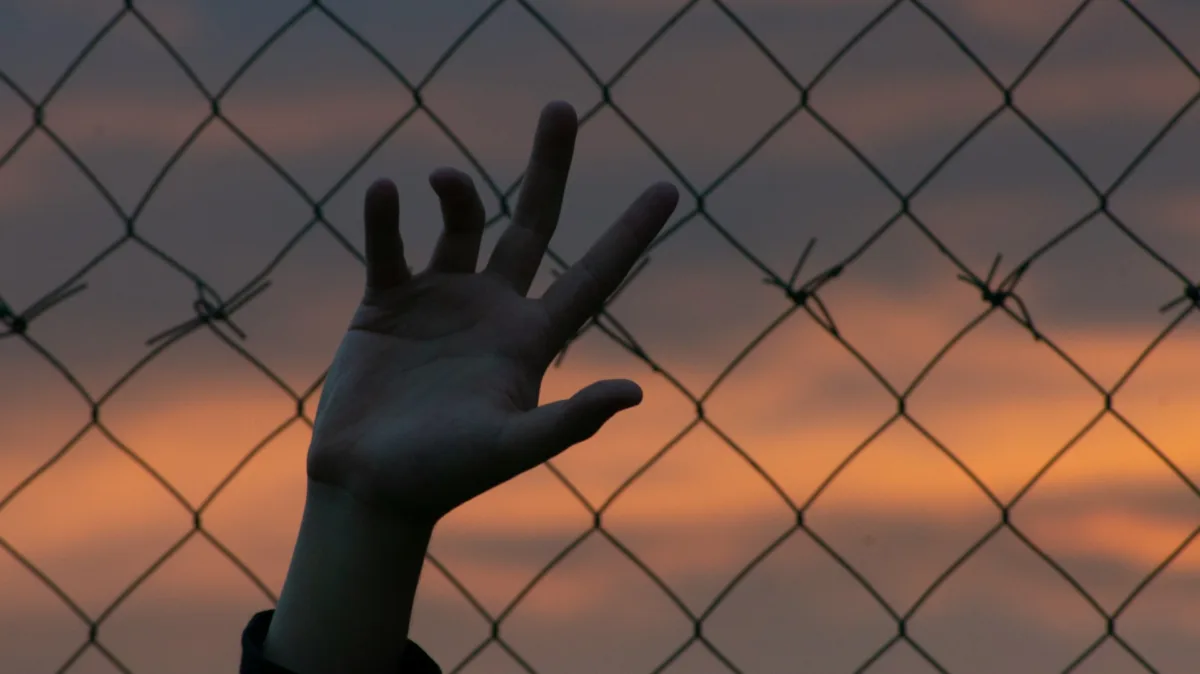
State policies nearly everywhere banish those with a sexual offense in their past. Vermont does the opposite by building communities around them—with dramatically positive results.
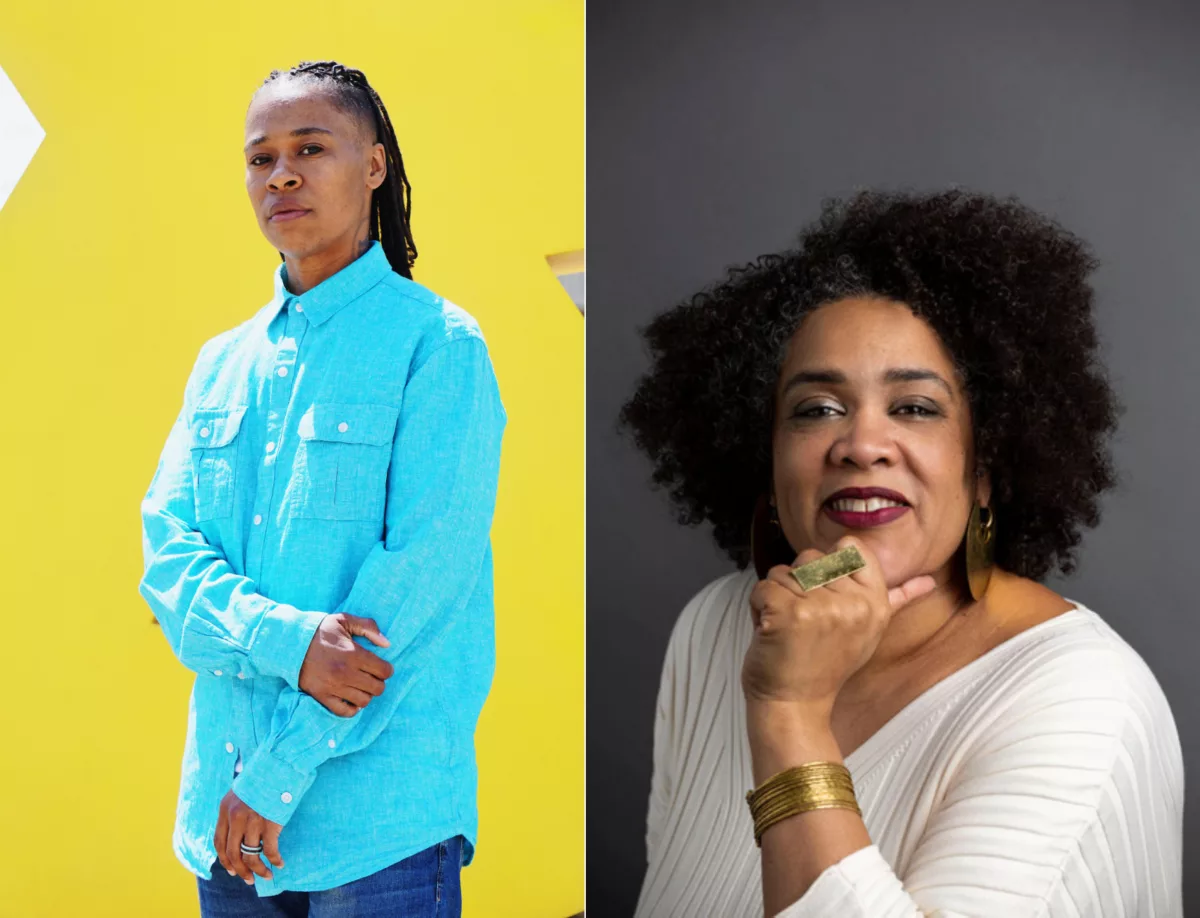
In Healing Justice Lineages, Cara Page and Erica Woodland document a history of care models that don’t involve the prison industrial complex.
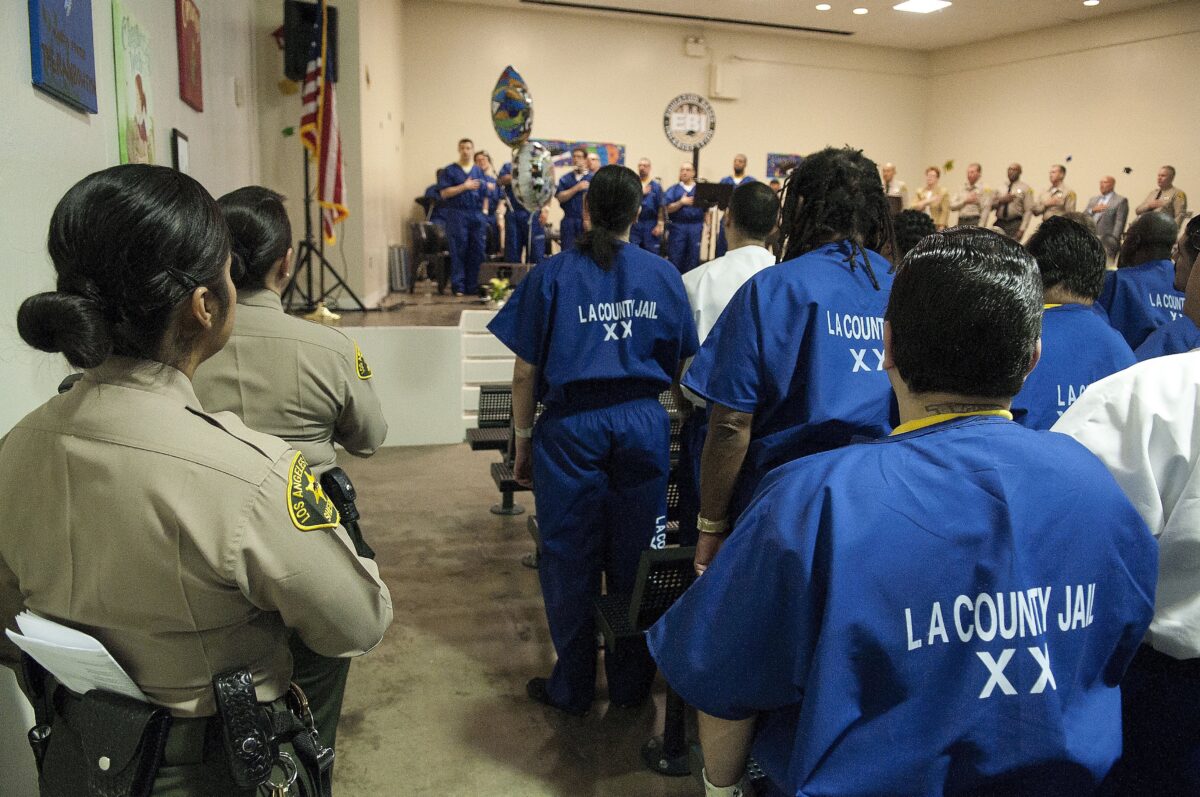
America’s largest county has launched numerous initiatives to shrink its jail population and divert people with mental illness from jail entirely. Here’s an explainer on what the major initiatives are and what, if any, progress has been made.

No system designed to make money by subjugating people intends to rid us of those harms. Abolition is a vision for the future.
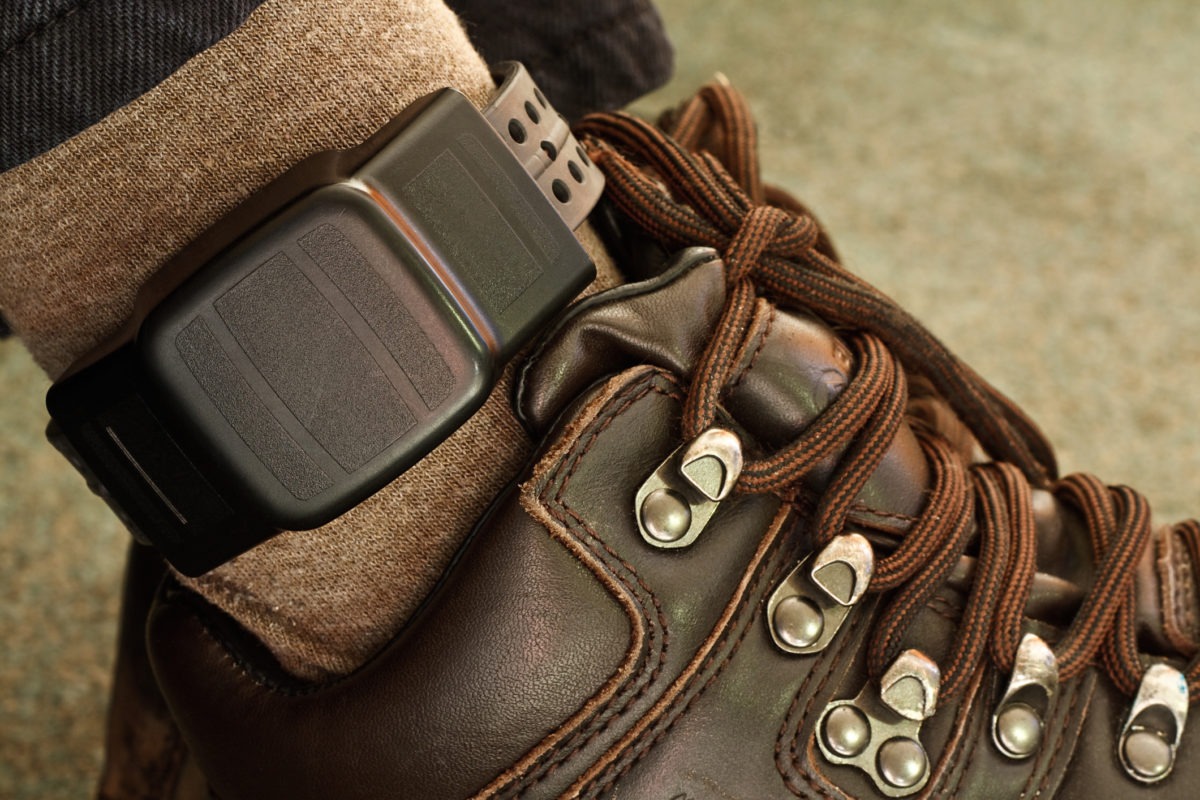
In September, an Iowa judge sentenced Pieper Lewis, a Black teenager who was trafficked and sexually assaulted, to community supervision after she pleaded guilty to stabbing one of her abusers to death. Some hailed the sentence as compassionate. But facts about supervision say otherwise.